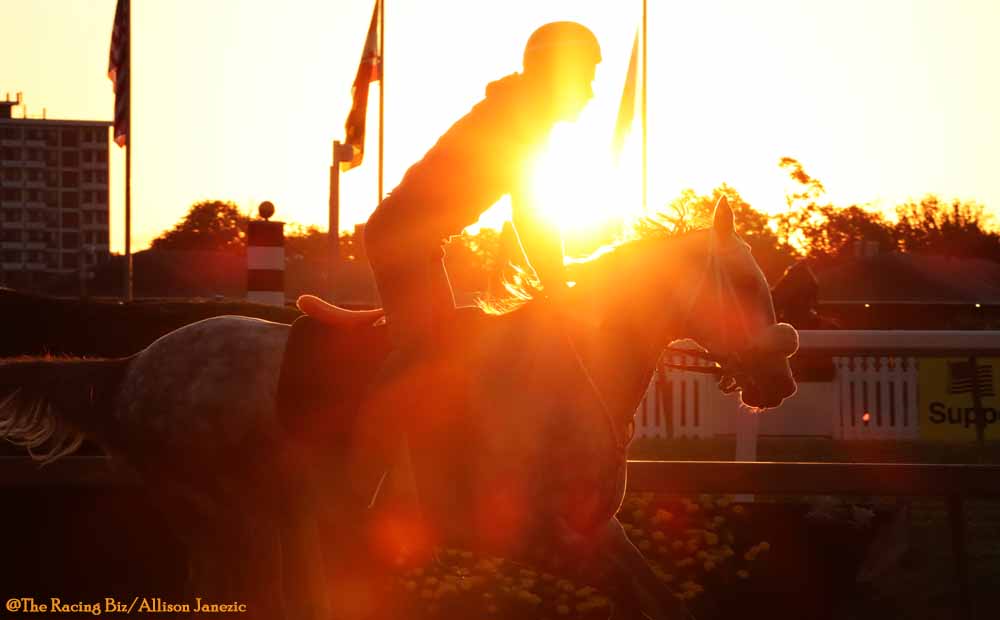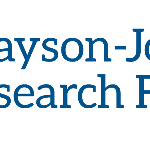Pimlico-Laurel project: Seeking “reasonable resolution”
INTRODUCTION
When the Maryland General Assembly passed the Racing and Community Development Act in 2020, it was hailed by Thoroughbred industry insiders as “our Triple Crown.” The law provided the financial structure and wherewithal to permit the renovation of PImlico as a worthy home for the Preakness Stakes and the refurbishment of Laurel Park as a world-class everyday home to Maryland racing.
Or so it seemed.
Nearly three years later, there hasn’t been a shovel in the ground, the amount of money available is far short of what’s necessary, and the way forward is murky at best. The legislature in its 2022 session directed that several entities submit reports. Now the question is: what does it do with what it’s learned?
During September, reports examining the current state of the project, the feasibility of the state purchasing Laurel Park, and possible future models to organize racing in the state all were delivered. They portray an industry at something of an inflection point.
In this series, we examine some of the issues facing the project, long considered the linchpin of Maryland racing’s future.
EYES ON THE FINISH LINE
“I have my annual Preakness party, and I was hoping it would be this one where we’d have to extend the party to Sunday morning for the beginning of the renovation of the [Pimlico] track itself,” Delegate Sandy Rosenberg said in an early November interview.
Alas. The project to renew Pimlico and Laurel is, as a series of reports submitted earlier this fall to the Maryland General Assembly make clear, behind schedule and over budget.
Come January, when the 2023 Maryland legislative session kicks off, the General Assembly will have to wrestle with why, and how best to get things back on track. People involved in the discussions admit there are significant challenges but aver they remain hopeful that they can reach solutions the legislature will support.

“It’s the single most complicated project that any of us have ever worked on,” admitted Alan Rifkin, an attorney representing track owners The Stronach Group in the matter. “It’s two projects in the midst of an active racing enterprise; day-to-day racing, training, and stabling; and a major international event, all of which have to be navigated and still do the construction project.”
“I always finish a project and say, ‘That’s the biggest challenge I’ve ever had,’” agreed Alan Foreman, general counsel to the Maryland Thoroughbred Horsemen’s Association. “But this one, this is on another planet – really tough stuff.”
The challenges facing those involved in the discussions are legion: How to avert a tax issue that could kill the deal? Who will manage and operate racing at Laurel Park and at Pimlico? How to find the nine figures of additional funding the project now needs? And how to sequence the projects in such a way that day-to-day racing can continue and the Preakness is run at Pimlico each year?
“I’m keeping my eye on the finish line,” Rosenberg said.
The finish line may be a complex one. It could involve a purchase of Laurel, the creation of a new racetrack operating authority, and an infusion of money sufficient to buy the Laurel land and complete the two projects.
[Story continues below]ALSO IN THIS SERIES
“We’ve said in the bill what our policy objectives are,” Rosenberg said. “One, preserving the industry and bolstering the industry in Maryland by upgrading to the 21st century both tracks, and then also the economic development benefits for the surrounding neighborhoods in both these jurisdictions.”
Maryland’s recent elections introduce an additional variable. Outgoing Republican Gov. Larry Hogan permitted the Racing and Community Development Act to become law without his signature. While it wasn’t exactly a full-throated endorsement, it was good enough for the racing industry.
Incoming Governor Wes Moore, a Democrat, will, of course, have priorities of his own, including improving education “for every Maryland child,” shoring up the state’s health care system, and more. Will he be inclined to support additional funding for racing?
“I have every reason to believe, at least with regard to Pimlico, that Wes Moore would be very receptive and aware of the importance of Pimlico to that neighborhood year-round and to the Preakness every year for the whole region,” said Rosenberg, who grew up nearby and whose district includes the aged facility.
“IT HAS TO GET DONE”
Of course, it’s not the governor who writes the checks; it’s the legislature, and Rosenberg will play an important role in that.
“This project doesn’t stand alone,” he said. “Every project out there has… issues. We’ve made a pretty important decision to fund both, and I think a reasonable resolution would be funded.”
From the horsemen’s perspective, though, there is concern. The tax liability issues – the improvements to Laurel Park would be taxed as capital gains unless the track came under the ownership of a nonprofit or government entity – threw things for a loop.

What’s more, the condition of the facilities at Laurel Park is worse than many had realized. Resolving the challenges of Laurel is vital to the industry because in the future envisioned in the 2020 Racing and Community Development Act, it’s Laurel that is host to the lion’s share of training and racing in Maryland, while Pimlico will host just a short meet around the Preakness.
Trainer Tim Keefe, who is president of the MTHA, said that he “feels good” about the prospects of making the project work. But he admits, “There’s certainly more struggles right now than we had anticipated, a lot more hurdles to jump, and a lot more things to try to work through in order for it to come to reality.”
Foreman admits that he’s “very concerned.”
“It’s just a very tall order, and superimpose on top of that the tax issues and how the recession and the cost of everything going up affects it, and it’s just a lot to work through,” he said.
But Rifkin returns to first principles as he handicaps the session.
“I think this project is so critically important to the city, to the state, to the industry, to the whole understanding of the culture and history of Maryland that it has to get done,” he said.
The three-month session kicks off January 11.
You can read the three reports the General Assembly mandated at the Dept. of Legislative Services website. They are:
LATEST NEWS















